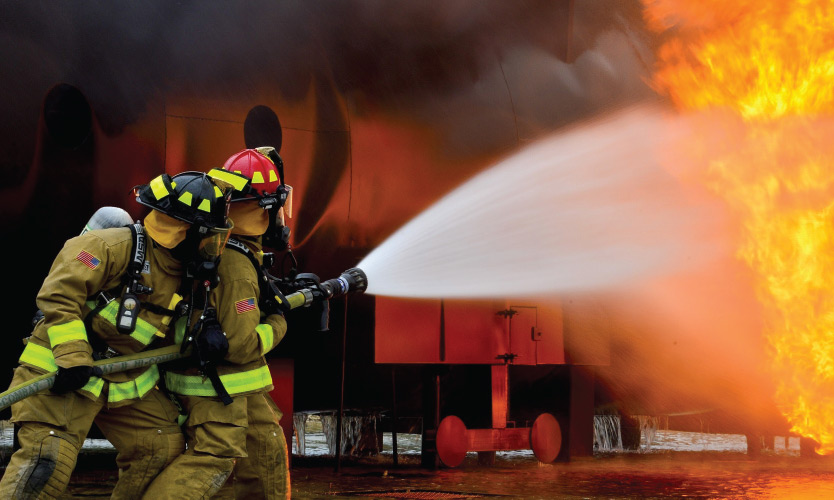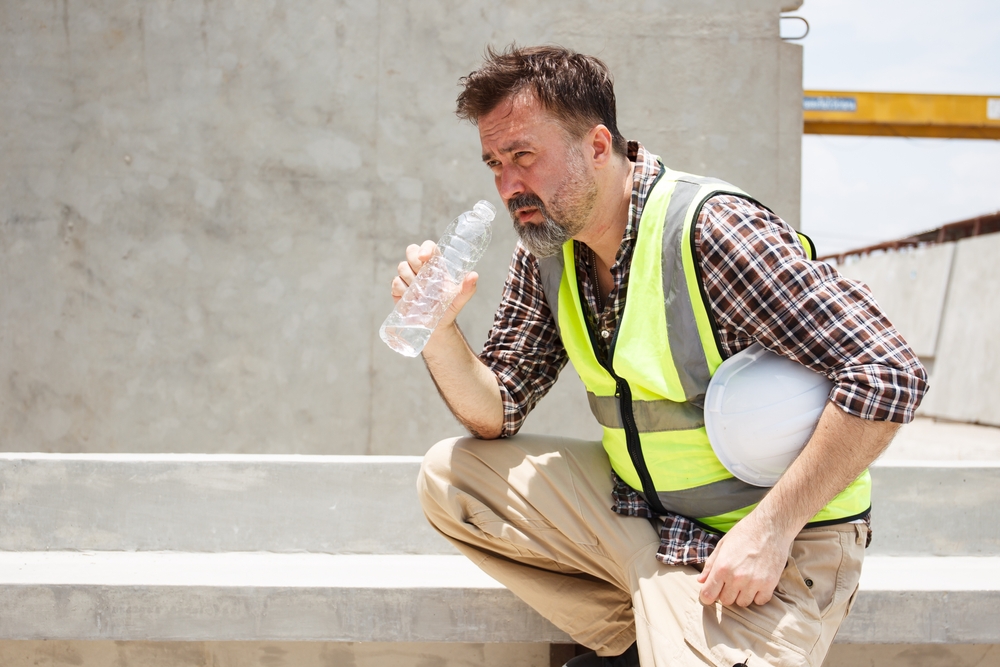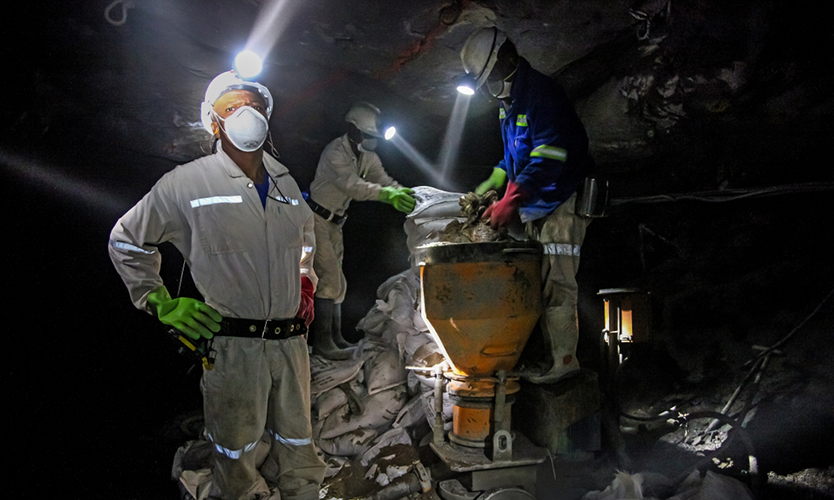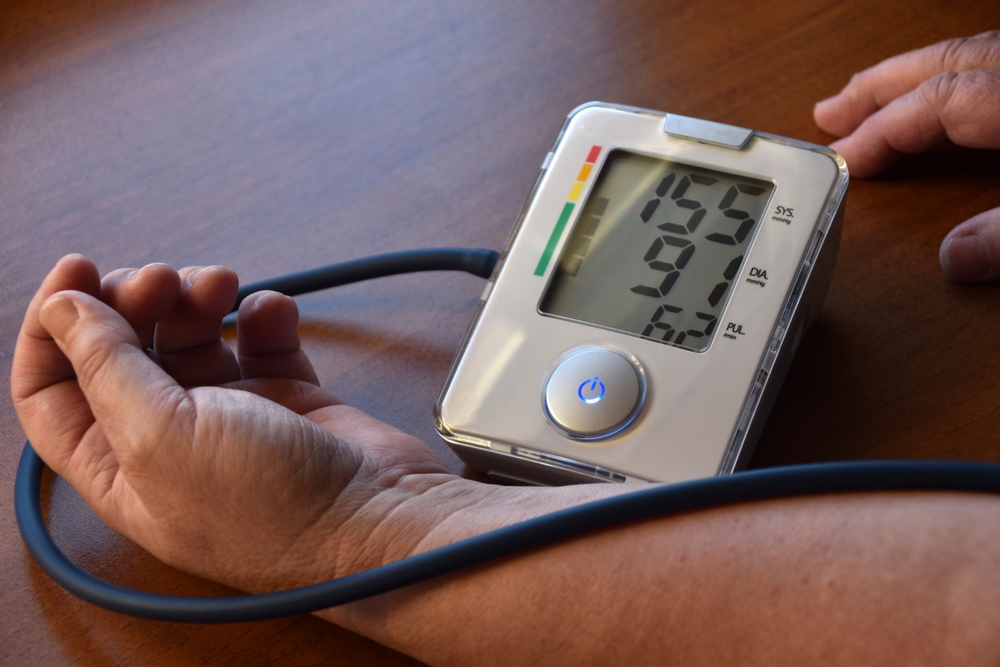Reducing a company’s so-called “operational friction” at the onset of a workers compensation claim can better manage outcomes and ultimately reduce costs associated with workplace injuries, according to panelists speaking at the Workers’ Compensation Educational Conference Tuesday.
To illustrate a problem that exists within many companies, panelist Deborah Weigand, Troy, Michigan-based managing director at Aon Global Risk Consulting, showed attendees a chart featured in a white paper published by Aon in May on the lack of coordination and understanding of objectives within a company, and how that can affect workers comp’s ultimate goal of return to work and claims closure for injured workers.
Weighing the goals and interests of a company’s risk managers, claims managers, human resources department, operations team, and claims administrators against workers comp metrics such as loss costs, average lost work days, statistics from mandated Occupational Safety and Health Administration reporting, litigation costs, and the numbers of employees working with modified duty, Ms. Weigand quipped, “we don’t have one objective that everybody is chasing.”
She told attendees that “many of the top decisions are made by a small group of people who may not have a full picture of the claimant, the work environment, the work exposures and the potential job modifications that are available (and) this leads to struggles with return-to-work placement, certainly with documentation, and often the data needed for (injury) prevention activities.”
Jason Wheeler, Vice President, Nashville, Tennessee-based national sales & account management, CorVel Corp., told attendees it comes down to “competing values” among separate departments: “the objective is to move from the agendas, the status, and the egos to a place of collective results and to break down silos, to create a more holistic view to a program and to improve the experience overall.”
Panelist Victoria Gonzales, Beaverton, Oregon-based vice president of human resources at Tristar Insurance Group, said better collaboration with HR, for example, can help adjustors understand the claimant at the onset of an injury and with return to work.
“That’s our job is to get full pictures of our employees,” she said. “HR can be helpful in providing that full picture of the claimant: the work environment, the work group, coworkers, job descriptions. What are their exact duties on paper? We also have information on the person in terms of conduct or discipline: Are they cooperative? Are they a rule follower? Are they someone who is problematic? We tend to see patterns like that in human resources.”
Panelist Heather Barnes, Syracuse, New York-based senior claims manager, Liberty Mutual Insurance Co., said improving collaboration can help with investigating claims.
“Coming from the claim site, how many times have I sat in on a claim review with a customer and we finally have all of the parties at the table, and we present a claim, and we find out information that we probably should have known about a year or two ago at the beginning of the claim?” she said. “Some examples we were talking about would be if the injured worker had a prior injury, or maybe it’s a carpal tunnel claim and they play the drums and a band.”









